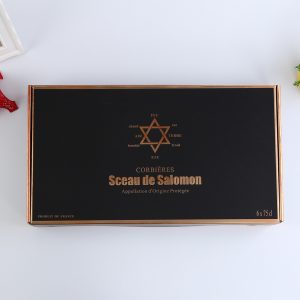Concept
UV inks already cover the fields of offset printing, screen printing, inkjet printing, pad printing, etc. The traditional UV printing industry refers to the printing effect process, which is to apply a layer of varnish on a printed pattern. Bright, matte, inlaid crystal, glitter powder, etc.), mainly to increase the brightness and artistic effect of the product, to protect the surface of the product, its hardness, corrosion resistance, scratch resistance, etc. Some laminating products are now changed to UV It can meet environmental protection requirements, but UV products are not easy to bond, and some can only be solved by local UV or sanding.

Process
The growth of UV printing is driven by its value-added printing attributes, which offer a number of advantages in publishing, commercial, packaging and labeling market applications.
1. Not only can paper and paperboard be used, but a wide variety of substrates can be used, including low-absorbency or non-absorbent materials (plastic, foil, metal, and heat-sensitive materials).
2. Very high gloss effect, sometimes with a comprehensive effect of scratch resistance and scratch resistance.
3. Various special functional, tactile and special graphic surface treatments for glazing.
4. Has a high surface resistance (anti-friction and scratch), especially the cover of packaging and publications.
5. Accelerate the completion of the work, especially the short version, because UV printing can be used for immediate post-processing in many situations.
The key business advantages of the UV process are the flexibility of the application, the availability of a wide range of product functions, and the special application of various substrates and finishes. This provides creative opportunities for print buyers to highlight their product differentiation and adds functionality to the product. UV printing can provide value-added services to existing customers and attract new business. In some cases, UV printing and glazing reduce overall production costs compared to other processes; on the other hand, even at higher UV production costs, higher sales prices for UV products increase investment. response rate.
UV printing is a highly reliable process. UV inks are considered environmentally friendly because they do not cause volatile organic compound (VOC) solvent volatilization. For example, some traditional sheetfed inks in the United States are classified as volatile organic compounds (VOC). The control of the law is within limits – in these areas, UV is usually divided into “best available processes”. In the European Union, ink fractions for sheetfed printing are also not listed in the category of volatile organic compounds.
